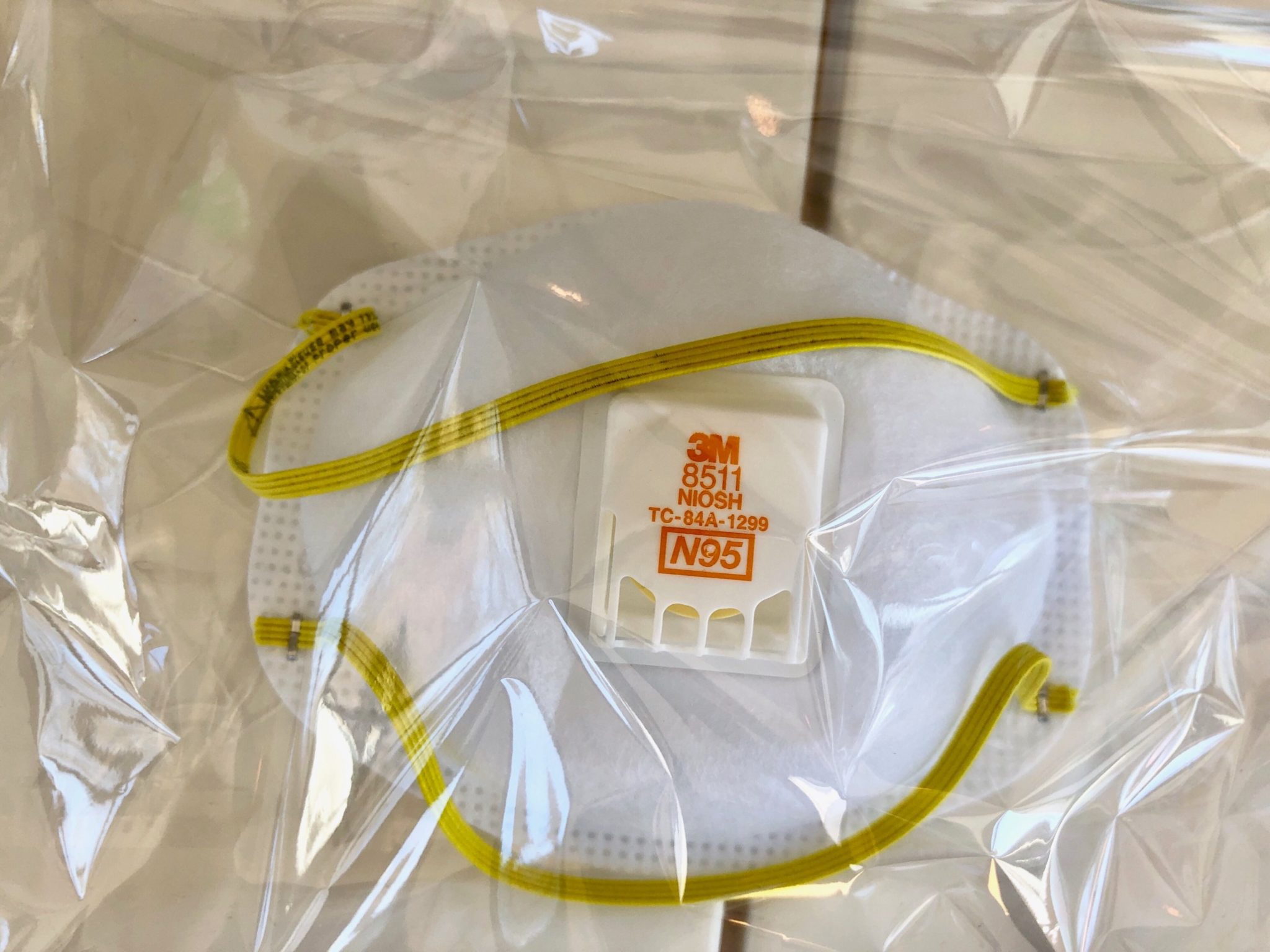About Coronavirus 2020
Washingtonian is keeping you up to date on the coronavirus around DC.
You know there’s a nationwide protective face mask shortage. So how can you help? There are two main ways: donating any supplies you already have, or banding with local businesses who are making cloth masks.
How to Donate Existing Masks
Maybe you have respirators, surgical masks, or other forms of Personal Protective Equipment (PPEs) on hand, or know someone who does (construction workers, e.g.). Those supplies are desperately needed by healthcare workers. Consider donating through one of these programs.
#GetUsPPE
The site has information for both those who have and those who need PPEs. There is a comprehensive spreadsheet that shows what hospitals need protective equipment and how they’re taking donations.
#Findthemasks
The site shows what kinds of protective equipment are needed, and has an interactive map that shows how and where people can donate.
#GetMePPE DC Area
If you’re in the DMV and are willing to help with donation efforts like picking up and dropping off masks, fill out this form.
MedSupplyDrive
A group of Georgetown medical students have launched a nonprofit to get protective gear to Covid-19 hotspots. The program has volunteer networks in 37 states and the UK. Donate your protective gear or volunteer to help.
How to Make New Masks
As non-essential businesses are being forced to close their doors, some local stores are getting creative and re-focusing their operations on making cloth face masks. While these cloth face masks aren’t as effective as N95s or disposable surgical masks, some believe they’re better than reusing old masks or wearing nothing. Here are some local institutions that are leading the efforts.
Three Little Birds
The Hyattsville craft shop is encouraging local sewers to make fabric face masks that will be donated to area hospitals. Instructions and patterns can be found on the store’s website, as well as resources for healthcare workers who are in need of masks. The masks will only be donated to hospitals where cloth masks have been approved. Completed masks can be dropped off in a box in front of the store. Though the store is closed to the public, they’re still accepting orders for curbside pickup or online delivery if you’re interested in helping but lack the materials.
Something Vintage
The Maryland rental vintage furniture store is having its staff make cloth face masks for the next two months. They’re encouraging others to help by sewing the masks from their homes, donating money or fabric, or by volunteering to deliver completed masks to a local hospital. For those looking to sew and in need of materials, the store will have porch pickup in Cheverly and Alexandria.
Princess Awesome Boy Wonder
The locally-run children’s clothing company is attempting to switch over operations in its Chicago factory to produce cloth masks. Seamstresses would be able to produce the masks in the safety of their homes, and would be paid wages during this time. At full-force, workers would be able to produce 40- to 50,000 masks a month. The company is in need of funds to pay the workers for production; those interested in helping can donate money on the company’s fundraising page. Additionally, for every $50 worth of clothing products purchased, the company will cover the labor and materials cost of one mask.
Carine’s Bridal Atelier
The team at the Georgetown bridal boutique are sewing face masks for hospitals, but are in need of materials. Drop off material like dish cloths or cotton shirts at the front of the store, or donate money for supplies through the store’s gofundme.
Hear about any other ways to help? Let us know and we’ll add to the list.



















